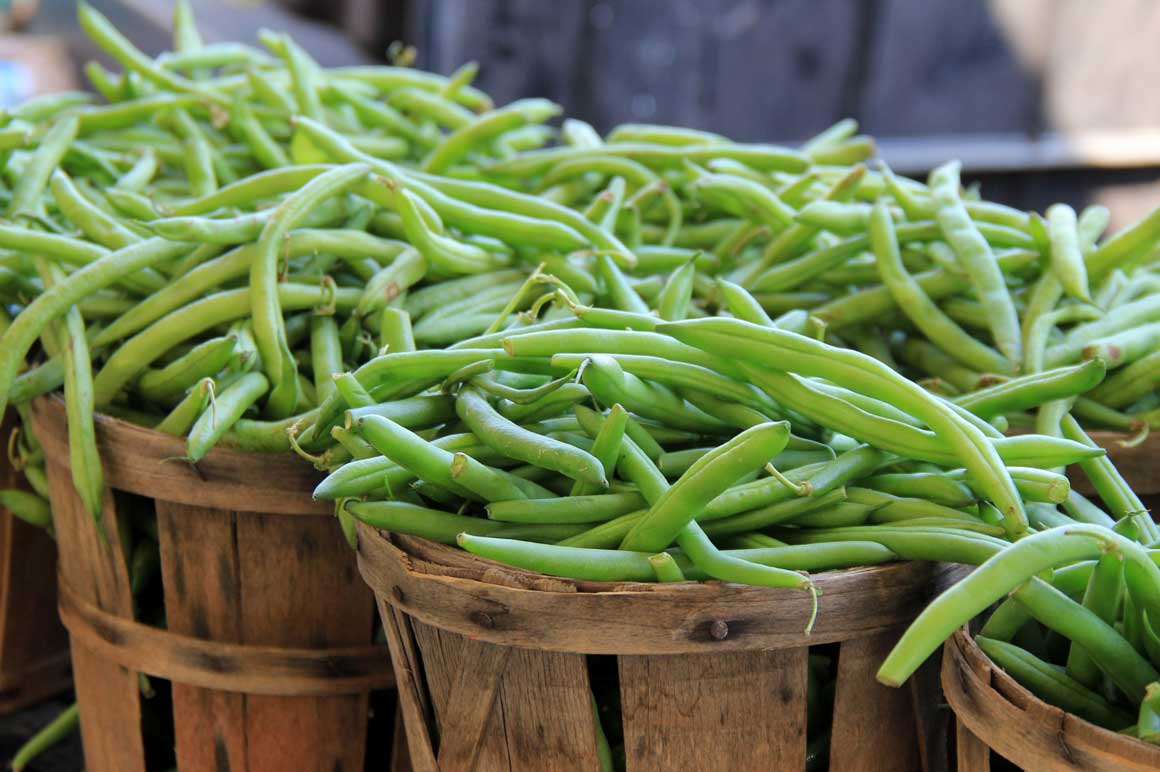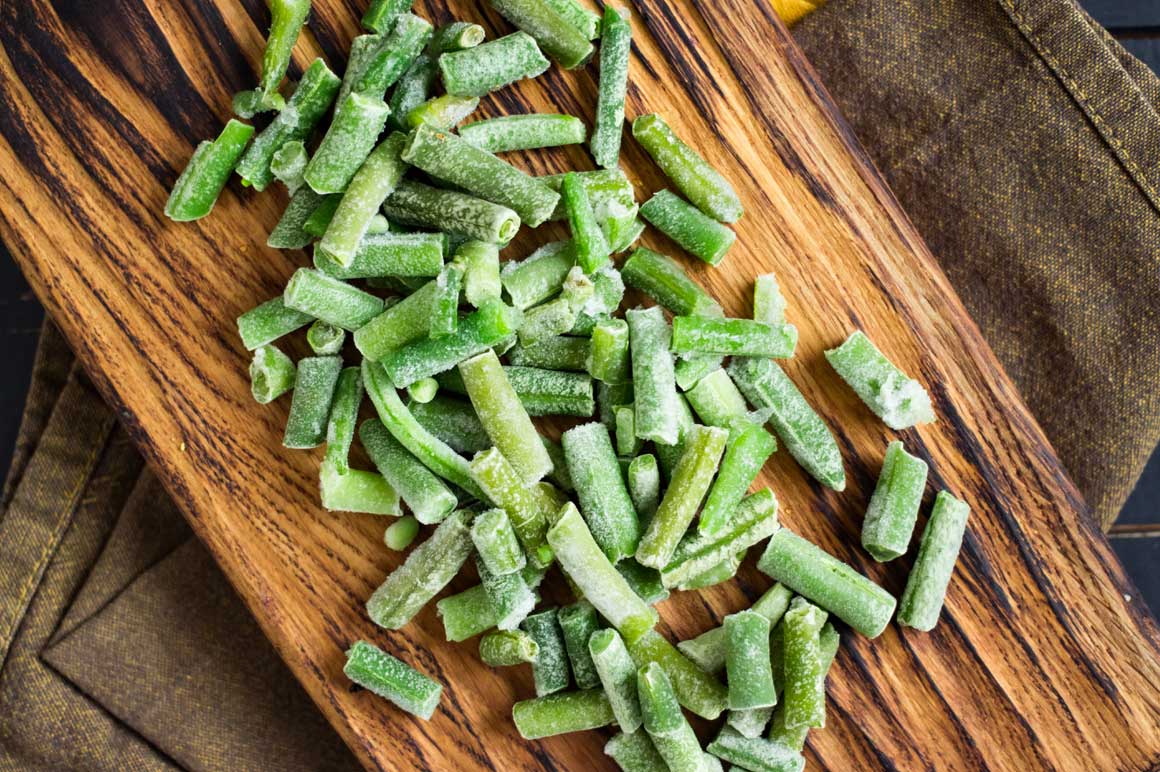100% Quebec Company


"In my experience, many things have changed with time. I believe the evolution in quality of frozen products has been the most important development in the food industry in recent years.
Controlling protein portions also helps stabilize recipe costs, as cooking staff are becoming less and less trained and present in the kitchen.
The objective here is to provide you with a better understanding of the reality of professional cooking, and, above all, to help you choose products that will facilitate your operations and reduce your ingredient costs".
means subjecting a product to a temperature of less than -18°C. The temperature is lowered slowly, thus eliminating all biological activity.
Freezing food causes crystals to form, which can alter the product’s quality, like the tenderness of meat, for example. These crystals also inevitably create excess water when the food is being cooked.
is a technique that transforms the water inside food into ice very quickly and at very low temperatures (below -30°C).
Unlike frozen products, quick-frozen products are "put to sleep" more rapidly and are then stabilized at -18°C.
Most fresh vegetables are picked before they're ripe. They can spend several weeks in storage before arriving on grocery store shelves, thus losing their nutritional qualities. Frozen vegetables are picked when ripe and then frozen immediately, which preserves their vitamins and delicate minerals. They're therefore "fresher than fresh"! Frozen vegetables are also often cheaper than fresh products and can save time.


|
Organ meat (liver, heart, etc.) |
3 to 4 months |
Lamb |
6 to 9 months (8 to 12 months according to Health Canada) |
|
Bacon |
1 to 2 months |
Beef (steaks, roasts) |
6 to 12 months |
|
Cretons |
1 to 2 months |
Cooked ham |
1 to 2 months |
|
Pork |
8 to 12 months |
Meat sauce for spaghetti |
4 to 6 months |
|
Hot dogs |
1 to 2 months |
Fresh sausage |
2 to 3 months |
|
Dried sausage |
Cannot be frozen |
Veal |
4 to 8 months (8 to 12 months according to Health Canada) |
|
Cooked meat with sauce |
4 months |
Cooked meat without sauce |
2 to 3 months |
|
Sliced meat sous vide |
1 month |
Smoked meat, deli meat |
1 to 2 months |
|
Ground, cubed or thinly sliced meat |
4 months |
|
|
|
Whole raw poultry |
10 to 12 months |
Raw poultry in pieces or cubes |
6 to 9 months |
|
Cooked poultry with sauce |
6 months |
Cooked poultry without sauce |
1 to 3 months |
|
Whole eggs in their shells |
Cannot be frozen |
Raw egg whites |
9 months |
|
Raw egg yolks |
4 months |
Tofu |
1 to 2 months |
|
Cooked crab |
1 month |
Shrimp |
2 to 4 months |
|
Oysters without their shells |
2 to 4 months |
Mussels without their shells |
3 months |
|
Clams without their shells |
3 months |
Scallops |
3 months |
|
Fatty fish (salmon, trout, etc.) |
3 months |
Lean fish (sole, tilapia, etc.) |
6 months |
|
Cold-smoked fish |
2 months |
|
|